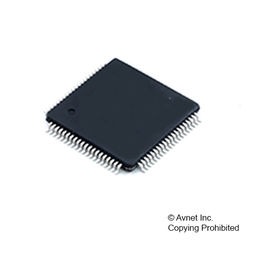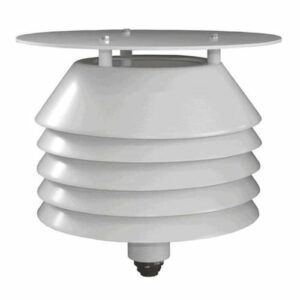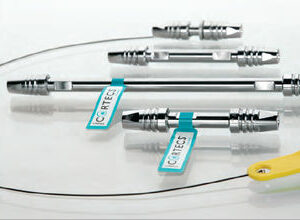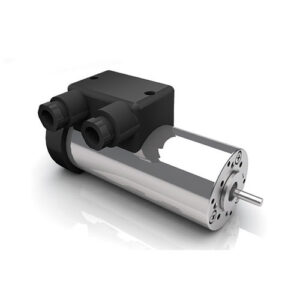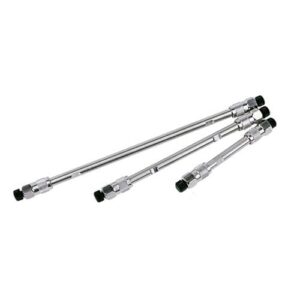Описание
The H8/330 is a single-chip microcomputer with an H8/300 CPU core and a complement of onchip supporting modules. A variety of system functions are integrated onto the H8/330 chip.The H8/300 CPU is a high-speed Hitachi-original processor with an architecture featuring powerful bit-manipulation instructions, ideally suited for realtime control applications. The on-chip supporting modules include 16K bytes of ROM, 512 bytes of RAM, a 16-bit free-running timer, two 8-bit timers, two PWM timers, a serial communication interface, an A/D converter, dual-port RAM, and I/O ports.The H8/330 can operate in single-chip mode or in two expanded modes, depending on the memory requirements of the application. The operating mode is referred to in this manual as the MCU mode (MCU: MicroComputer Unit).
- CPU: The CPU has a high-speed-oriented architecture in which operands are located in general registers.
- ROM: The 16K-byte on-chip ROM is accessed in two states via a 16-bit bus
- RAM: The 512-byte on-chip RAM is accessed in two states via a 16-bit bus. RAM contents are held in the power-down state.
- Dual-Port RAM: In single-chip mode, the 15 bytes of dual-port memory can be accessed by both the on-chip CPU and an external CPU for convenient parallel data transfer in master-slave systems
- A/D Converter: A/D conversion can be performed in single or scan mode
- Interrupts: With a 10MHz clock rate, interrupt response times are on the order of 2 or 3µs (when the vector table and stack are located in on-chip memory).
- Free-Running Timer: The time base is a 16-bit free-running counter that can be internally or externally clocked. Applications range from programmable pulse output to counting or timing of external events.
- 8-Bit Timers: Two independent 8-bit timers support applications such as programmable pulse output and external event counting
- PWM Timers: Two independent timers are provided for pulse-width modulated output. Duty cycles from 0 to 100% can be selected with 1/250 resolution
- Clock Pulse Generator: The H8/330 can generate its system clock from a crystal oscillator, or can input an external clock signal.
- E-Clock Interface: An E clock can be output for interfacing to peripheral devices.
